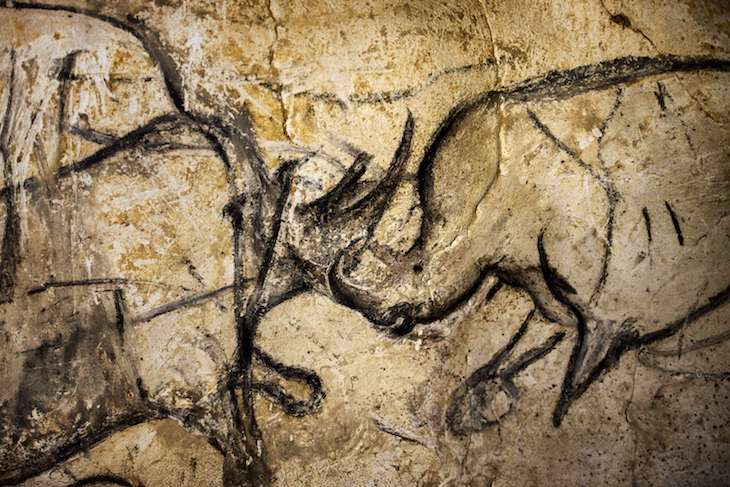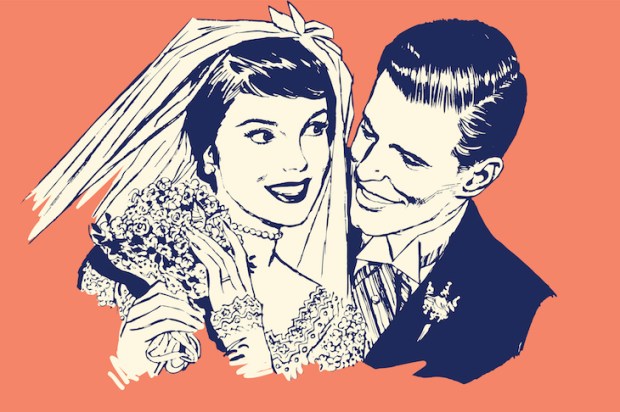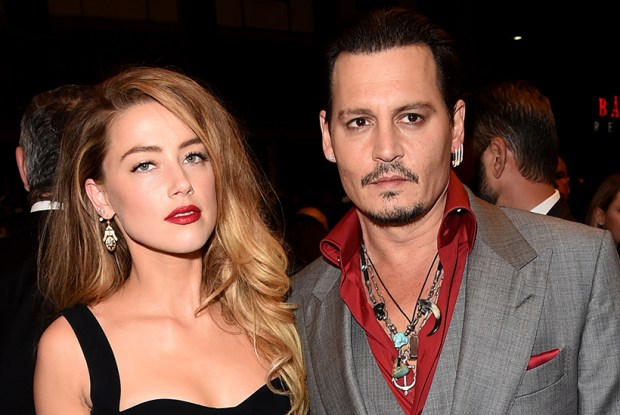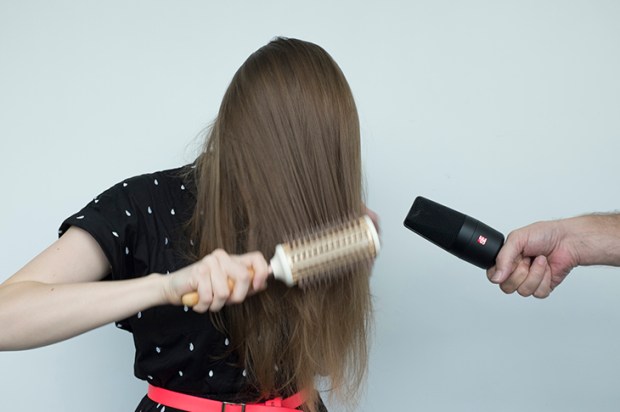Why do so many women feel such a strong urge to paint? It has been troubling me for years now. There are hundreds of thousands of us up and down the country, not pros but dedicated nonetheless.
We pay for classes, huddle around artists we admire; we head to the coast on holiday to try, and fail, to capture the wash of sky and sea. On weekday evenings we congregate in art schools and stare in a demented fashion at naked men and women, determined to master the human form. All around the world, there are women with watercolours locked in battle with household objects: flowers, lemons, bowls. People talk of us as hobbyists or housewives filling the hours between lunch and gin. It feels more as if we’re following some inarticulable pull, like bees lured on by the earth’s magnetic field.
Why do women paint? Last week, I think I found a sort of answer.
For the past six years a weekly magazine called Science has been piling up unopened in my hall. Perhaps because I’d just returned from art class, an issue on ice age painting caught my eye. Were the cave paintings made by women? asked the headline. Yes, said the story inside.
An archaeologist called Dean Snow had made the discovery after reading about the difference between male and female hands. Most men, it turns out, have ring fingers that are longer than their index fingers. For most women it’s the other way around.
Snow had examined the handprint ‘signatures’ beside the wild, flowing images of horses, lions and bison made by our Paleolithic ancestors in France and Spain, and found three-quarters of the artists were women.
I sat in my hall, surrounded by stalagmites of science, and I cheered — not because it’s one in the eye for blokes, a score in the tedious gender war, but a cheer of recognition.
I’ve been painting my whole life, trailing happily in the wake of my artist mother. My mum has skill but she also has the gift of being curious and amused by the world. When a figure takes her fancy, man or beast, there they just appear in her sketch book, the very essence of them, and somehow of her too. Those ice age women practised the same alchemy.
I can see them in my mind’s eye, recreating their world in charcoal, finding the curve of a bison’s back, the look of a horse’s eye sideways on. Three female artists to each man, says Snow, which is an oddly exact picture of every art class my mum and I have ever taken.
I cheered also because it’s exhilarating when history bursts its banks. Growing up, we were told quite definitely that cave art was made by men so as to help boys learn how to hunt — a Paleolithic PowerPoint presentation. But that’s not it at all. How could we ever have thought it was? In one French cave, a male lion is clearly courting a lioness, who is sitting on her tail, refusing to mate. Another female lion looks lovingly at her cub. In the Lascaux cave five stags swim across a river. Cave woman painted the things that touched her.
Her paintings are better than ours, the best ever made some say, but then cave woman didn’t have to set up an easel and squint at some passing mammoth. She knew her subjects by heart. Last night, full of newfound enthusiasm for the ice age, I watched Werner Herzog’s film Cave of Forgotten Dreams about the discovery of the Chauvet cave in 1994. One stalactite is carved into the shape of woman’s naked legs and torso, but ends in a drawn bison’s head. The artist as minotaur, 30,000 years before Picasso. It’s said that after a visit to the Lascaux caves in the Dordogne, Picasso exclaimed: ‘They’ve invented everything!’ He didn’t know the half of it.
Archaeologists have assumed for centuries that the squat little naked carved female figurines found in ice age sites were fertility charms, made by men for men. Jill Cook, the British Museum’s specialist in ice age art, has another theory. What if they were self-portraits, she asks. The figures are often headless with sloping breasts and buttocks, legs tapering to tiny feet. It’s just as you’d see, looking down.
It’s just as you’d see in many modern galleries too. The British artist Jenny Saville painted her body as she saw it, looking down, and was considered the very cutting edge by Saatchi; she was one of his original YBAs.
I quite see my answer as to why women paint isn’t satisfactory. To say we paint now because we’ve always painted is just to push the problem back in time, and the further back in time it goes, the weirder it becomes. Why would primitive woman, hungry, beset by lions and bears, pause to admire these creatures, let alone seek to recreate them on her living-room wall? Why and how did homo sapiens evolve the ability to marvel at his environment, when it was all he’d ever known?
Odder still, this artistic distance from the world might have been in our bones even before we were. Two million years before homo sapiens, our apish ancestor Australopithecus africanus wandered the South African plains eating tubers and lizards. In the Makapansgat cave where A. africanus lived, archaeologists found a pebble which looks very distinctly like a little face. The markings are natural, not carved, but analysis of the pebble shows it to be a long way from any possible natural source. Our ancient forebear spotted it, recognised it as a likeness, found it delightful and took it home. Long before we were human, we stood apart from the world and wondered at it.
Got something to add? Join the discussion and comment below.
Get 10 issues for just $10
Subscribe to The Spectator Australia today for the next 10 magazine issues, plus full online access, for just $10.
You might disagree with half of it, but you’ll enjoy reading all of it. Try your first month for free, then just $2 a week for the remainder of your first year.















Comments
Don't miss out
Join the conversation with other Spectator Australia readers. Subscribe to leave a comment.
SUBSCRIBEAlready a subscriber? Log in